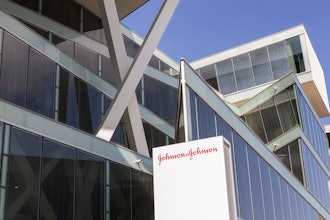Some consumer advocacy groups are calling of the FDA to ban the practice of using carbon monoxide to give meat a pink hue in grocercy store aisles. According to published reports, groups including the Consumer Federation of America and Safe Tables Our Priority, say that the practice deceives consumers.
Meat producers began using small levels of carbon monoxide, which are harmless in the quantities used, to keep "case ready" meats looking pink and fresh while it sits in store meat cases. The industry uses the carbon monoxide as a pigment fixative because consumers tend to buy meats that are pink in the middle. Some industry insiders say that the process can save $1 billion which the industry loses annually from having to discount or discard meat that is reasonably fresh and perfectly safe but no longer attractive to consumers.But critics say it deceives shoppers. Those critics want the FDA and the meat industry to address the issue and insist that the agency violated its own rules by allowing the practice without a formal evaluation of its impact on consumer safety.The FDA has already given Pactiv Corp., Precept Foods and Tyson Foods permission to use carbon monoxide and has designating the approach "generally recognized as safe." The European Union has banned the use of carbon monoxide as a color stabilizer in meat. The European Commission's Scientific Committee on Food concluded in 2001 that the gas did not pose a risk as long as food was kept cold enough. But should the meat become inadvertently warmer the presence of carbon monoxide may mask visual evidence of spoilage.


















